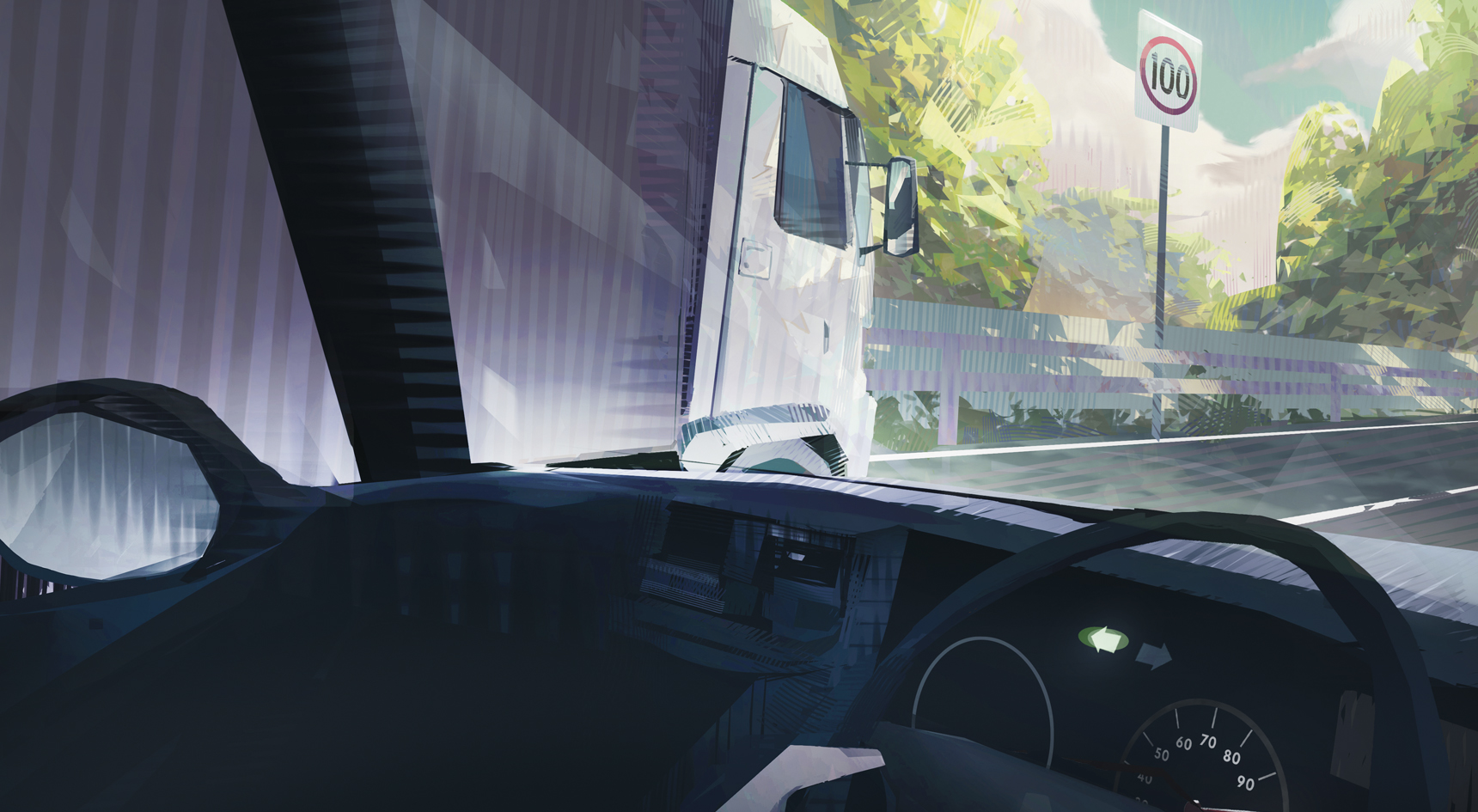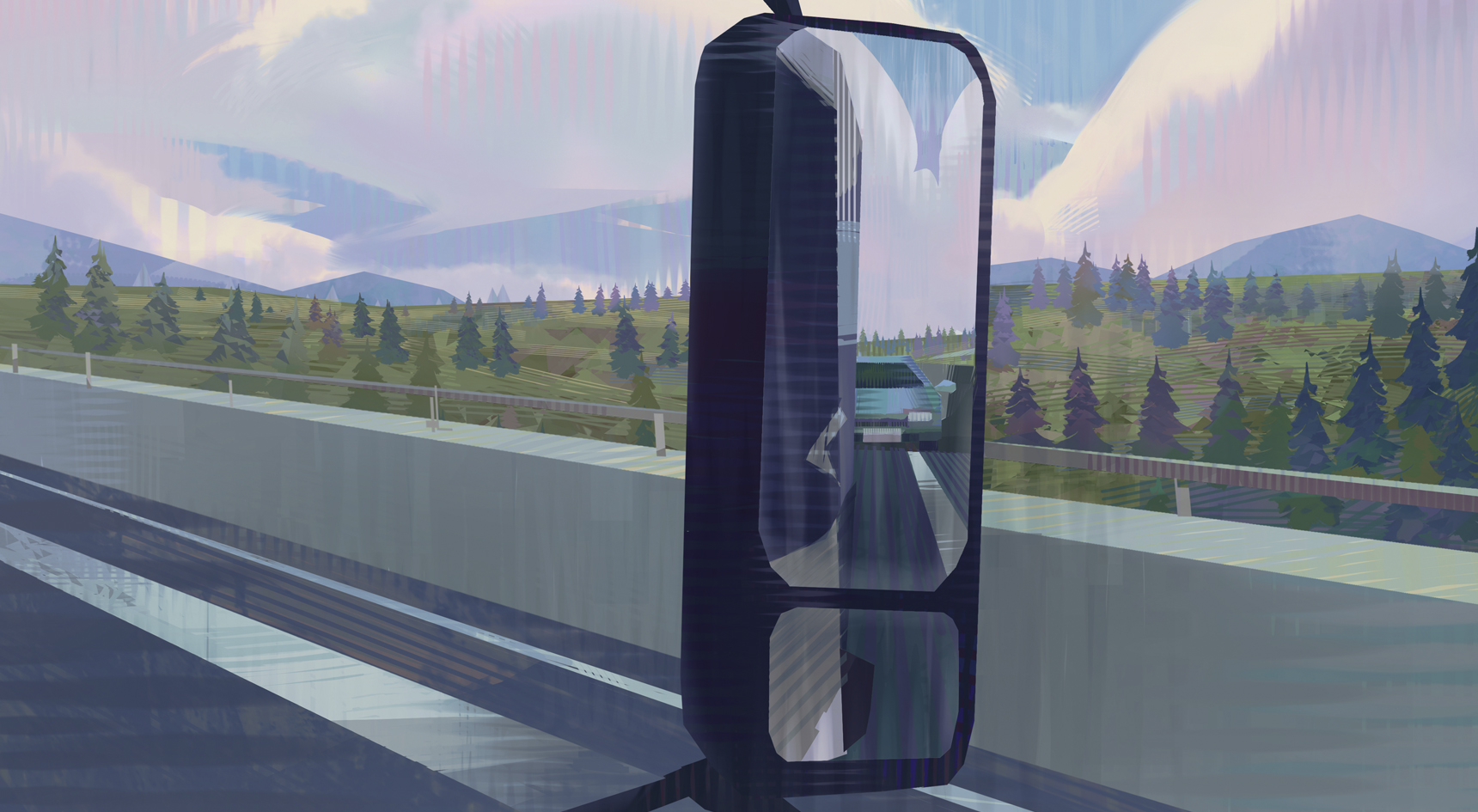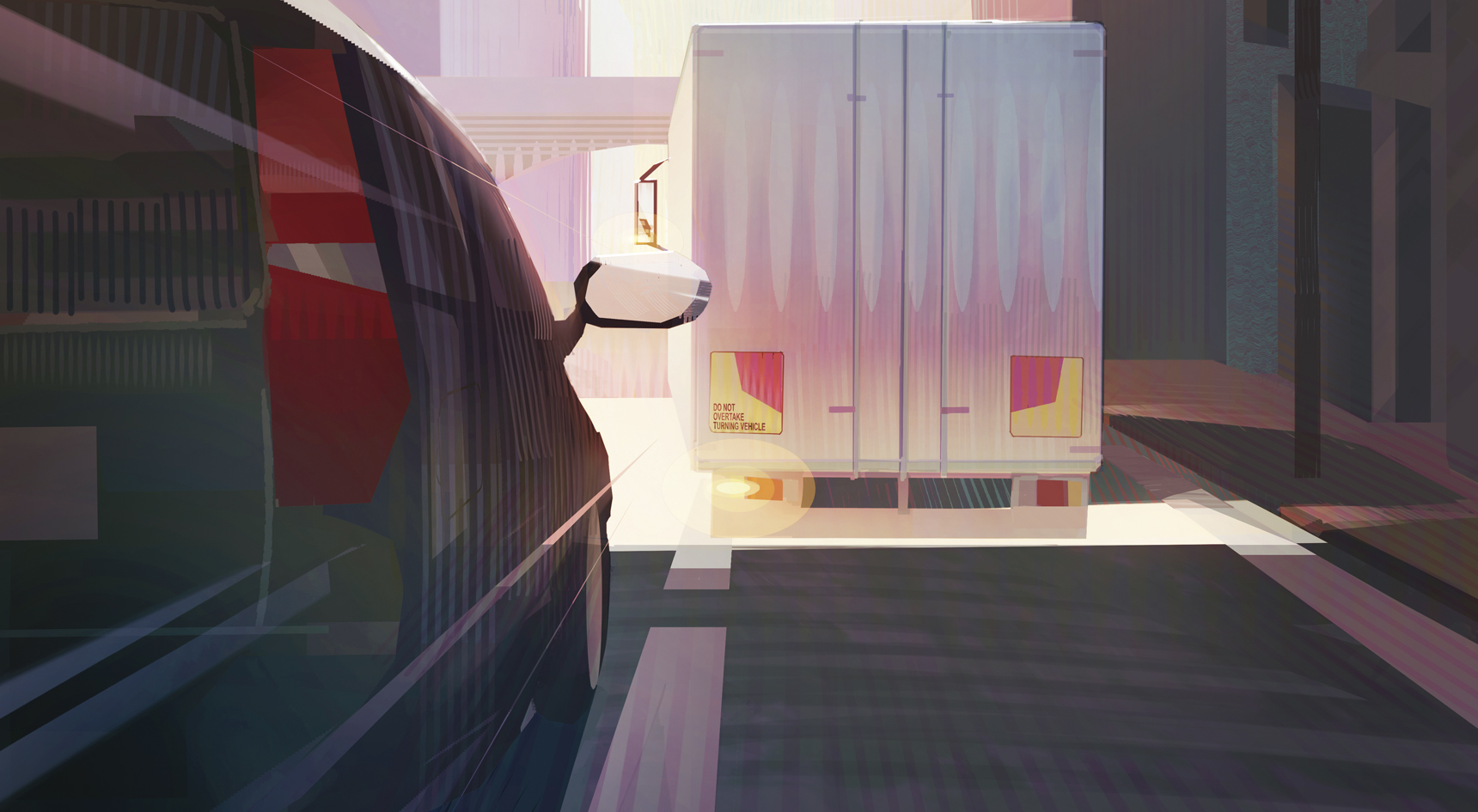Sharing the road with trucks

Motorists often find B-doubles and other heavy vehicles intimidating, but it doesn’t have to be that way.
A few simple tips, and knowledge from an industry insider, will help you navigate even the most daunting meeting with a truck.
Heavy vehicles travel more than a billion kilometres on South Australian roads every year, carrying freight that keeps our state moving. Sadly, trucks were involved in 20 per cent of fatal crashes between 2015 and 2019.
While it’s easy to lay blame on truck drivers, a report from the Centre of Automotive Safety Research found the other driver was at fault in 82 per cent of fatal crashes involving a truck and another vehicle.
South Australian Road Transport Association Executive Officer Steve Shearer says the statistics show a small minority of drivers don’t know how to behave around trucks when they’re on the road.
“I think most people do the right thing, but there are those who just aren’t aware of what to do near heavy vehicles,” Mr Shearer says.
With Mr Shearer’s assistance, we have a few simple tips that’ll help you safely share the road with heavy vehicles.
Overtaking a truck
If you’ve ever driven on South Australia’s regional road network, it’s likely you’ve overtaken a truck or two. Knowing how to safely complete this common manoeuvre can be the difference between a crash and arriving at your destination safely.
RAA Senior Manager of Safety and Infrastructure Charles Mountain says motorists need to be patient when overtaking a truck.
“It might not feel like it but sitting behind a truck for a few minutes won’t increase your travel time that much, so be patient and wait until it’s safe to overtake or you reach an overtaking lane,” Mr Mountain says.
“On a single-lane road, make sure the road ahead is clear for a sufficient distance before moving onto the other side of the road.
If your car’s travelling at 110km/h, it’ll take about 2km to safely overtake a 26m B-double travelling at 100km/h.”
Don’t put the pedal to the floor either – it’s illegal to break the speed limit when passing another vehicle.
Overtaking when it’s unsafe could cost you $332, a $92 Victims of Crime Levy and two demerit points. Worse still, you’re putting yourself, your passengers and other road users at risk.
Once the road is clear, check your mirrors, signal your intention to pass and then overtake. Look out for dips or bends ahead that may be obscuring oncoming traffic, and don’t be pressured by other drivers to overtake. Keep your cool and, if necessary, let them pass first.
Mr Shearer says many motorists will tailgate a heavy vehicle when they want to overtake.
“The closer you are to a truck, the more you have to pull out to the right to see past the truck at what’s coming,” he says.
“The best practice is to hang back a bit so you can see past the truck without pulling out into oncoming traffic.”
This gives you the opportunity to build up speed before safely overtaking the truck.
Once you’ve passed the truck, make sure you’re a safe distance ahead before returning to the lane.

Blind spots
The average sedan has two blind spots – one on either side of the car – but a truck has four that motorists need to consider when sharing the road with heavy vehicles.
You’ll find one either side of the cabin, one directly behind the truck, and another in front of the bonnet. While driving near a truck, it’s important to remember that when you can’t see the side mirrors, the truck driver can’t see you.
To counteract this, truck drivers are trained to check their mirrors every eight seconds, so they are constantly aware of nearby traffic. However, that doesn’t mean they can see all the cars that are approaching them.
“The purpose [of checking their mirrors every eight seconds] is so they can see what traffic’s approaching from behind them and know where it is as it passes,” explains Mr Shearer.
“When [another vehicle] is coming up the side of the truck, the truck driver can see it, but when they get to the wheels on the prime mover, they start to disappear.
“If the truck driver checks their mirror every eight seconds, they’ll see the vehicle as it approaches, then when it’s coming up alongside the trailer, and they’ll know when it’s in their blind spot.”
On busy roads, it can be more difficult for truck drivers to notice motorists entering their blind spots.
“When trucks are turning at intersections in metro areas, they are hectically busy watching everybody,” Mr Shearer says.
“If somebody sees an opportunity and comes up the inside of a truck and they’re in that blind spot, and the truck turns without the motorist noticing the truck’s indicator, the truck just goes straight over the top of them.”

The dangers of overtaking a turning truck
You’ve probably noticed that heavy vehicles, like trucks, have a yellow and red sign on the trailer that says, ‘Do not overtake turning vehicle’.
Heavy vehicles need extra space when turning and are allowed to take up more than one lane to turn at corners, intersections and roundabouts. Don’t overtake trucks displaying these signs if they’re indicating to turn left or right – it could put you in danger.
You also need to look out for large trucks navigating
multi-lane roundabouts. Some long vehicles will stay in the left lane of a roundabout even though they’re making a right turn because they may encroach into the adjacent lane due to their size.
Motorists make the common mistake of attempting to overtake a long vehicle exiting a roundabout to the right. If a truck needs to cross into the right lane as they turn and you’re in the lane next to it, you could collide.
Passing or overtaking a vehicle displaying a ‘do not overtake turning vehicle’ sign could cost you $226, a $92 Victims of Crime Levy and two demerit points. There could be far greater consequences as well.
“Motorists who don’t understand [what the sign means] could put themselves in a position where those rear wheels of the truck are going to go straight over their car,” Mr Shearer says.


